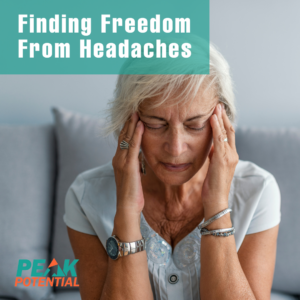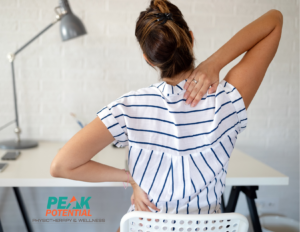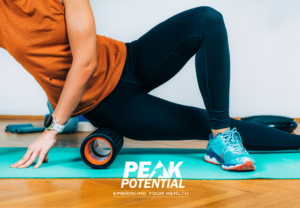
One of the biggest fears we hear from clients is in regards to falling. They are concerned about an aging parent, a spouse, or even their own future.
Truth is, a little fear is warranted. Falls are a leading cause of emergency room visits for adults age 50+ and subsequent fractures severely limit the ability to stay active and independent.
However, falls aren’t an inevitable part of aging. We could give you a long list of exercises, precautions, strategies, and tricks to decrease your fall risk – or help someone you love if you are the caregiver. But, let’s start at home.
There are some minor changes you can make in 5 key areas of your home to decrease the chance of an accidental fall happening. If you are active and agile, these are still good things to put in place now instead of waiting until after an unfortunate even happens. In fact, accidents can happen to any of us regardless of age and stage of life.
So, here are the 5 places that need to be addressed to “fall proof” your home:
Living Room
First, take a look at the layout of your furniture. Does it give you enough space to easily walk through? Do you have items in the way you could trip over as you pass through (such as a stool or magazine rack)? Especially when you are carrying objects or in a hurry, you want to be able to get in and out of your living room with obstacles in the way.
Kitchen
The biggest fall risk in the kitchen comes from high cabinets. Reaching high overhead challenges your balance and leaning the head back in this way often causes people dizziness. In addition, climbing on stools or chairs to reach high cabinets becomes a fall risk in itself. The items you use most often can be moved to lower shelves and keep a very sturdy step stool (preferably with a handrail) available when you must reach those higher places.
Stairs
When it comes to stairs and steps, clear paths and lighting are key. Avoid leaving objects on the stairs and keep the area well lit with light switches at the top and bottom. Some help from a handyman can also be beneficial here. Make sure the screws are tightened on your railing and it may serve you to add a second railing on the opposite side of the staircase.
Bedroom
Bedroom falls most often happen at night when people get up to use the bathroom. Place a lamp within reach while lying in bed so you can turn it off when you get into bed and again before you get out. A nightlight can also help light your path to the bathroom when you don’t want to disturb a significant other with turning on a lamp. Also, keep the path on the floor clear from your bed to both the bathroom and doorway.
Bathroom
Tile floors, water and bare feet in the bathroom can be a dangerous combination. Non-slip strips in your bath and shower will give you extra stability without the risk of catching your toe on a shower mat. If balance is already an issue, it’s best to install grab bars to ensure safety when getting into and out of the bath or shower. If you have hip, knee, or back pain rising from the toilet seat may be an added difficulty and grab bars can be installed easily here as well.
These are the 5 key areas of your home where falls happen and can also be prevented. There are two more things that you must address in all areas of your house in order to make it “fall proof”.
First, check all rooms from power cords that are in your walking path. They should be tacked against the baseboard or run underneath of furniture. Secondly, throw rugs can cause tripping easily if you catch your toe on them.
You don’t have to completely redecorate your house, but some minor changes in the most frequently traveled walkways will keep you and your loved ones safe.



